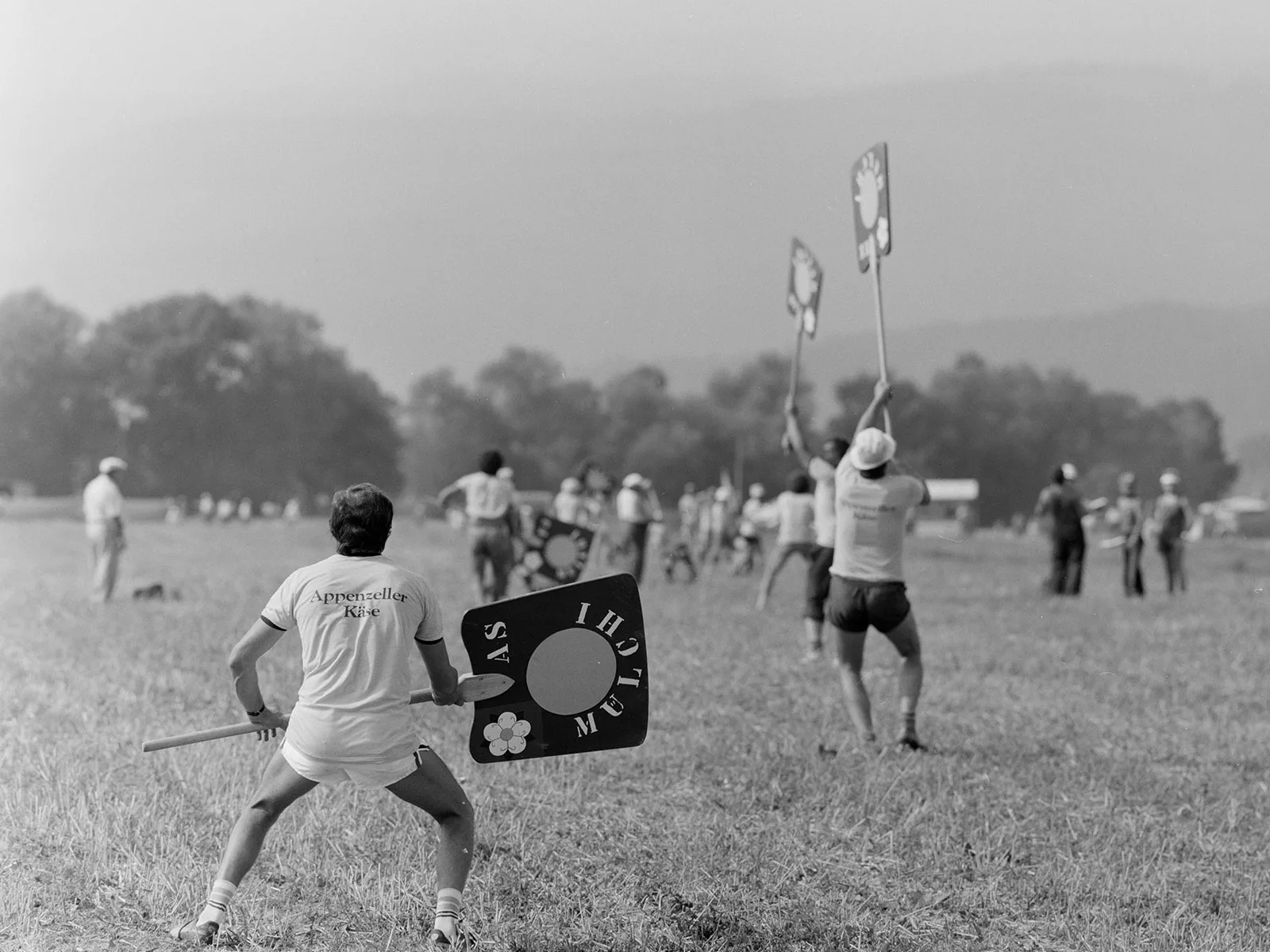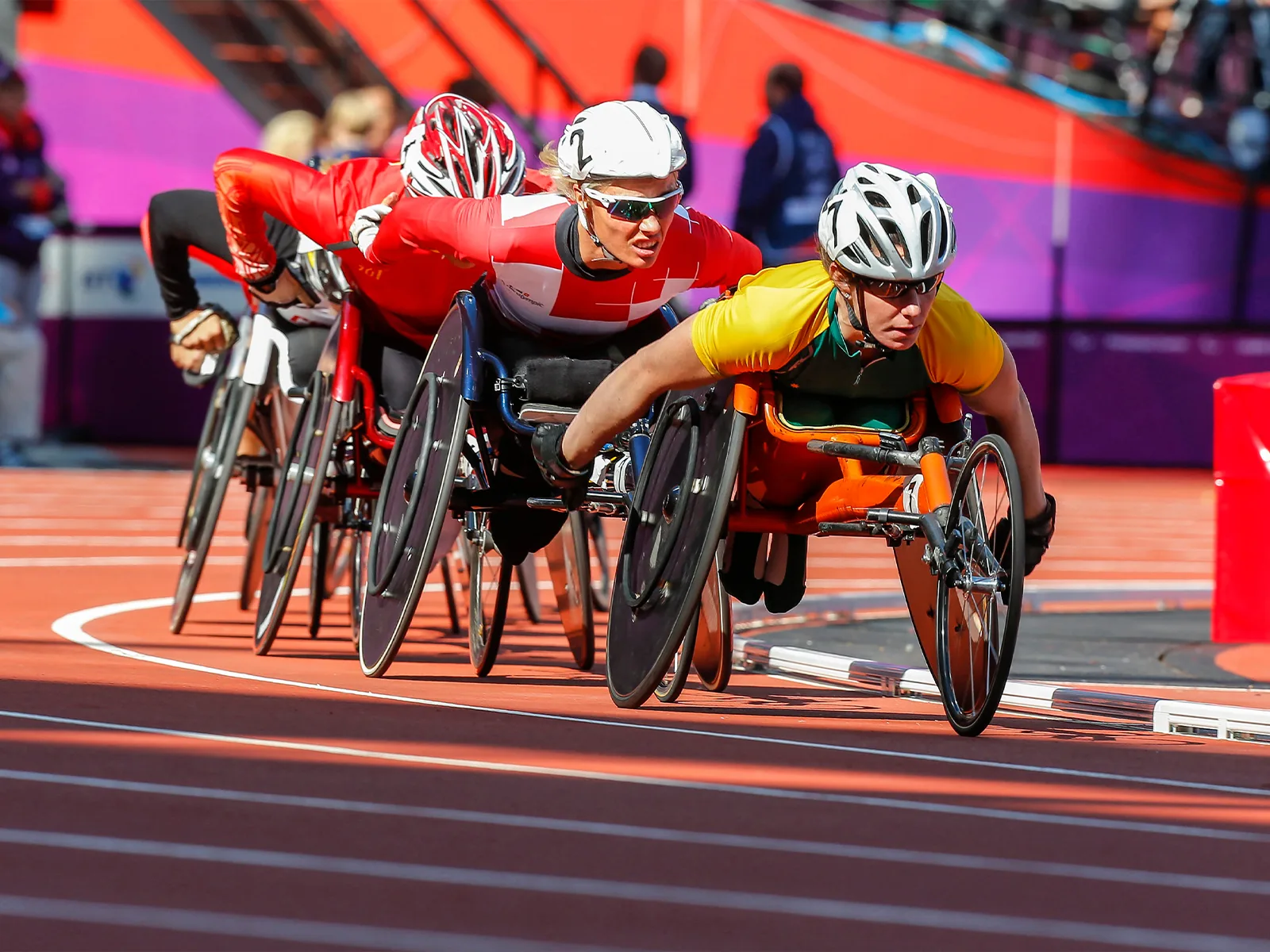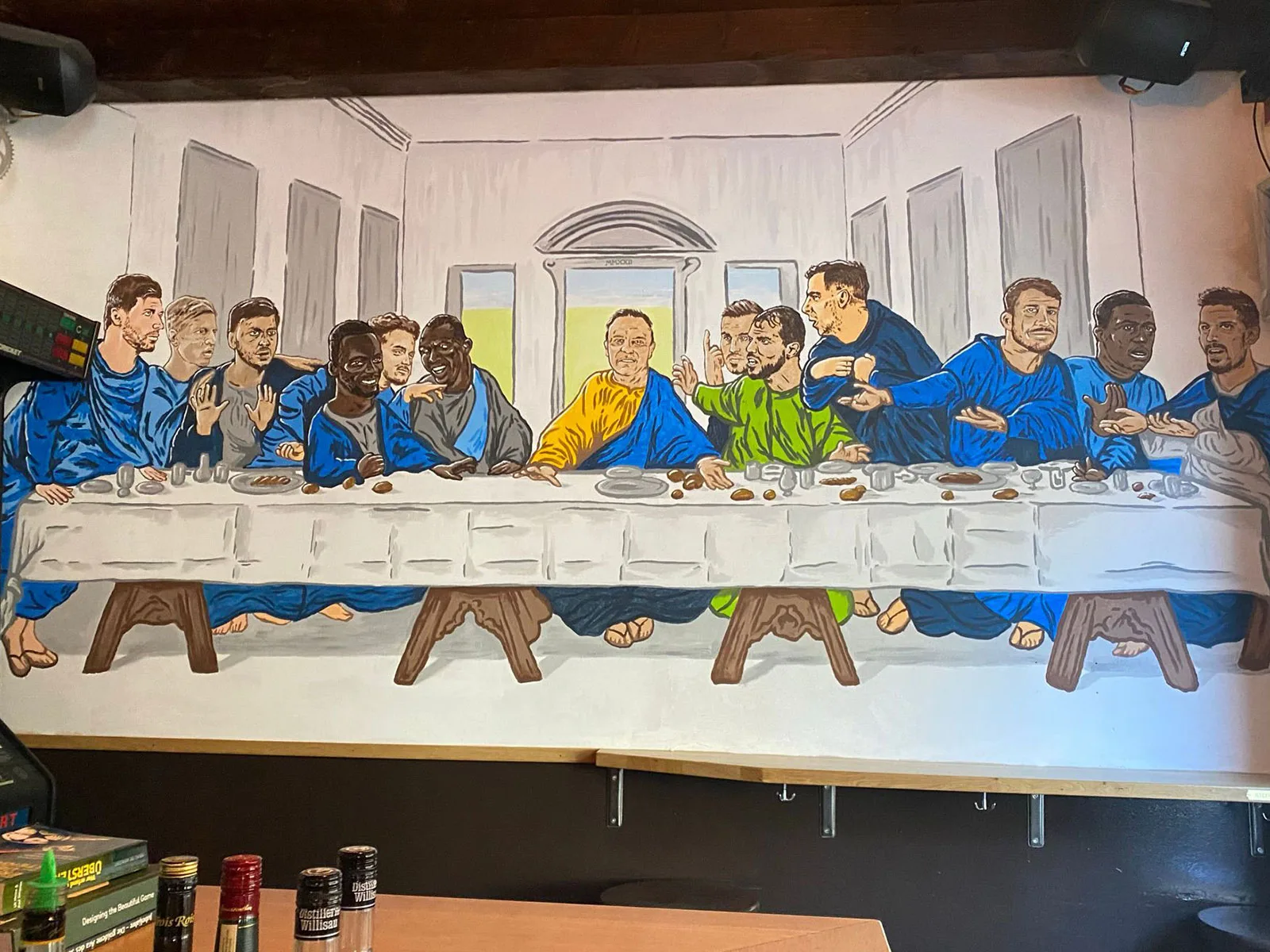
Faith, love, hope: sport and religion
How much religion can there be in sport? And has sport really become a substitute religion? A step back to Swiss wrestling festivals (Schwingfeste), jousting tournaments and monasteries.
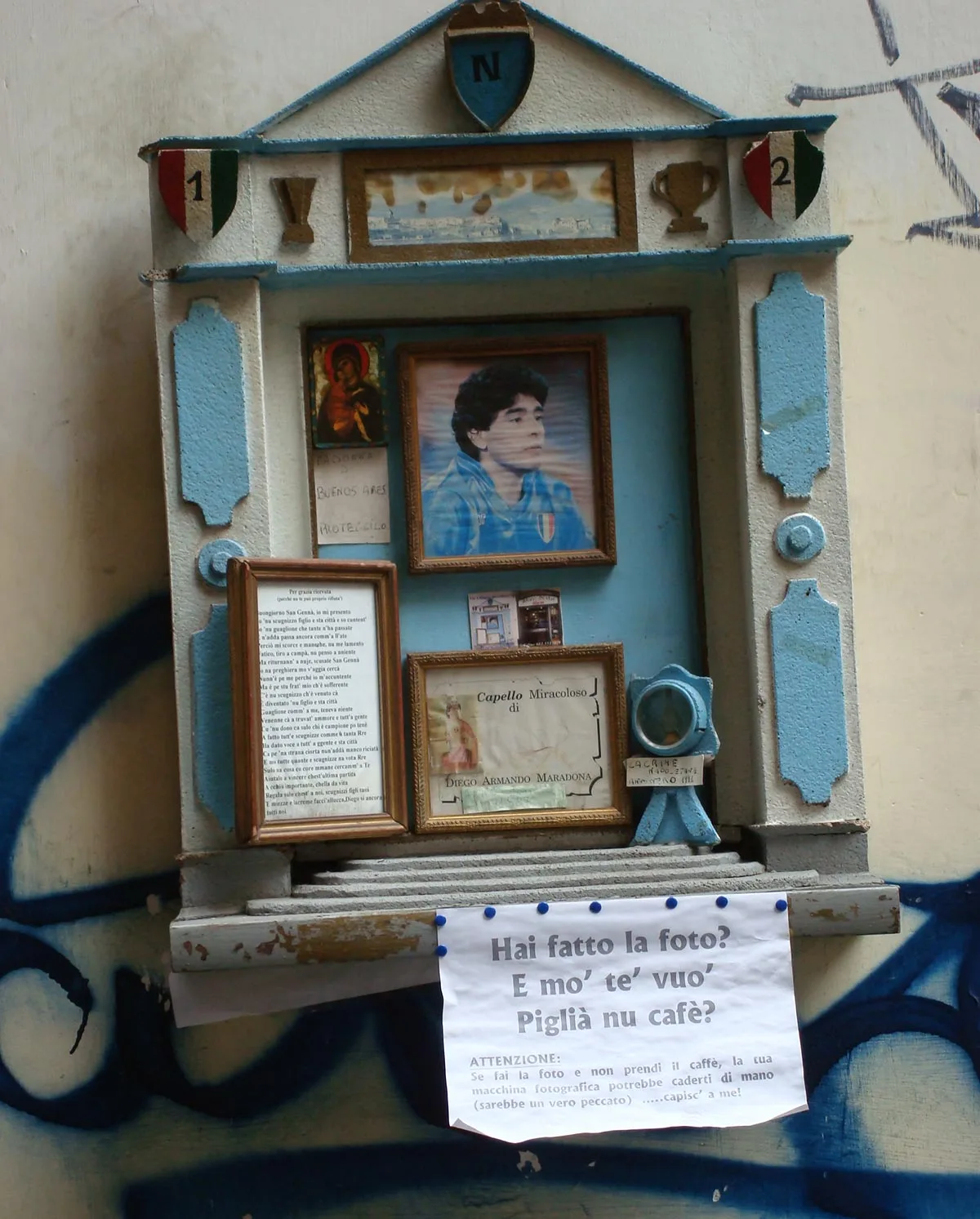
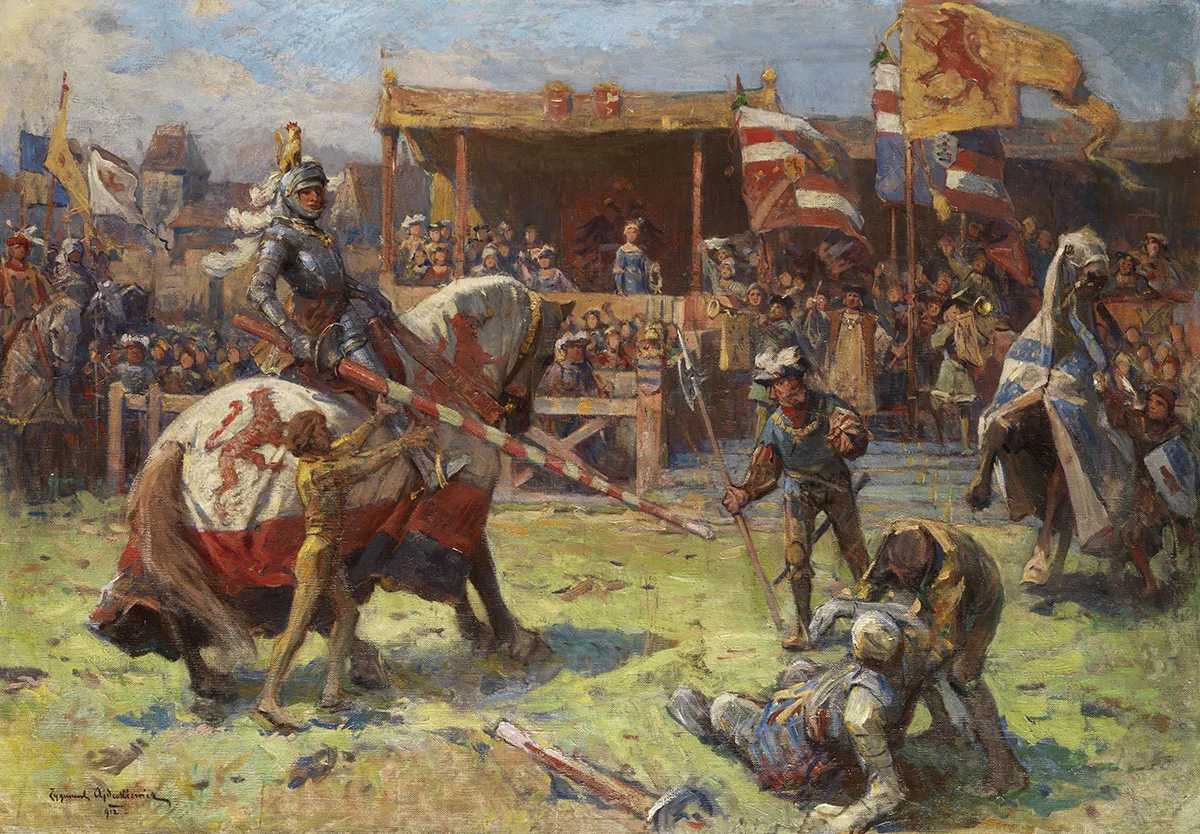
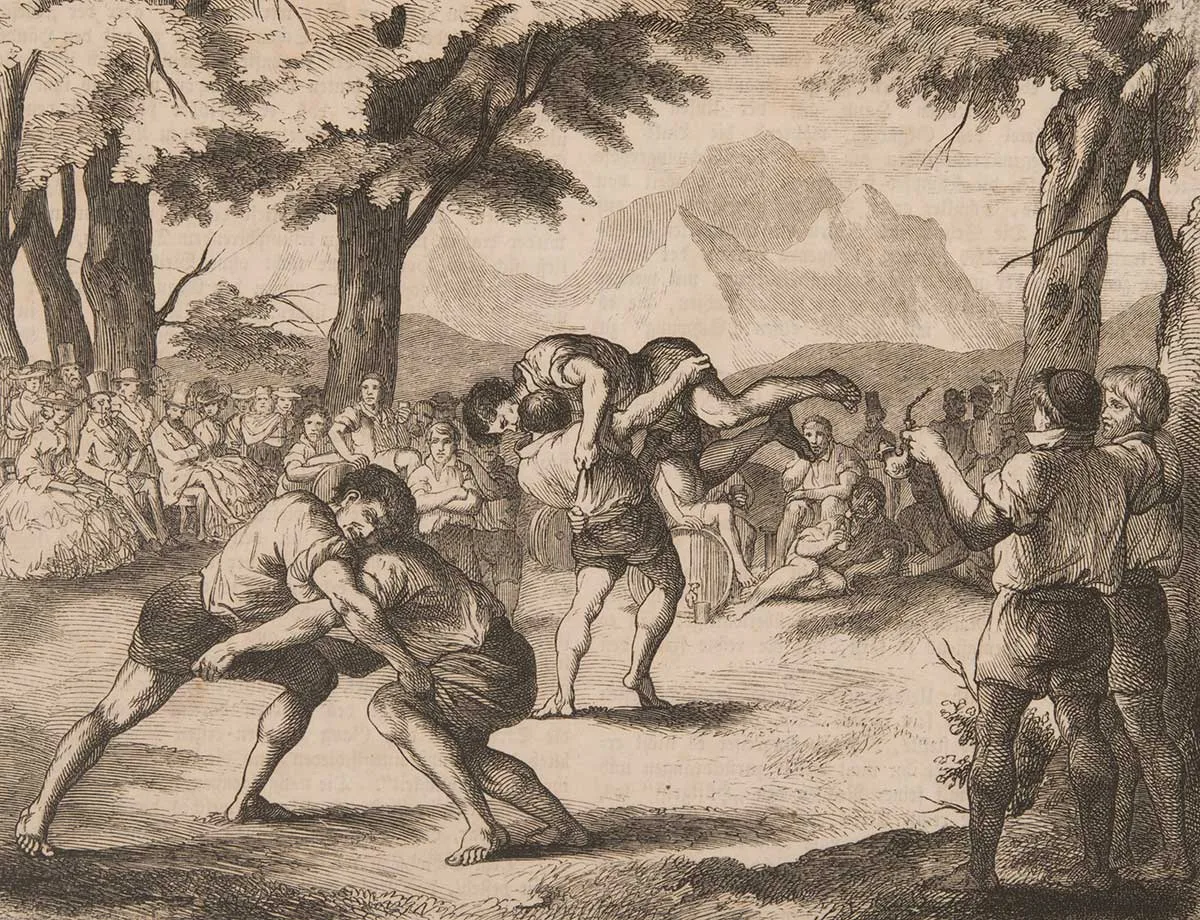
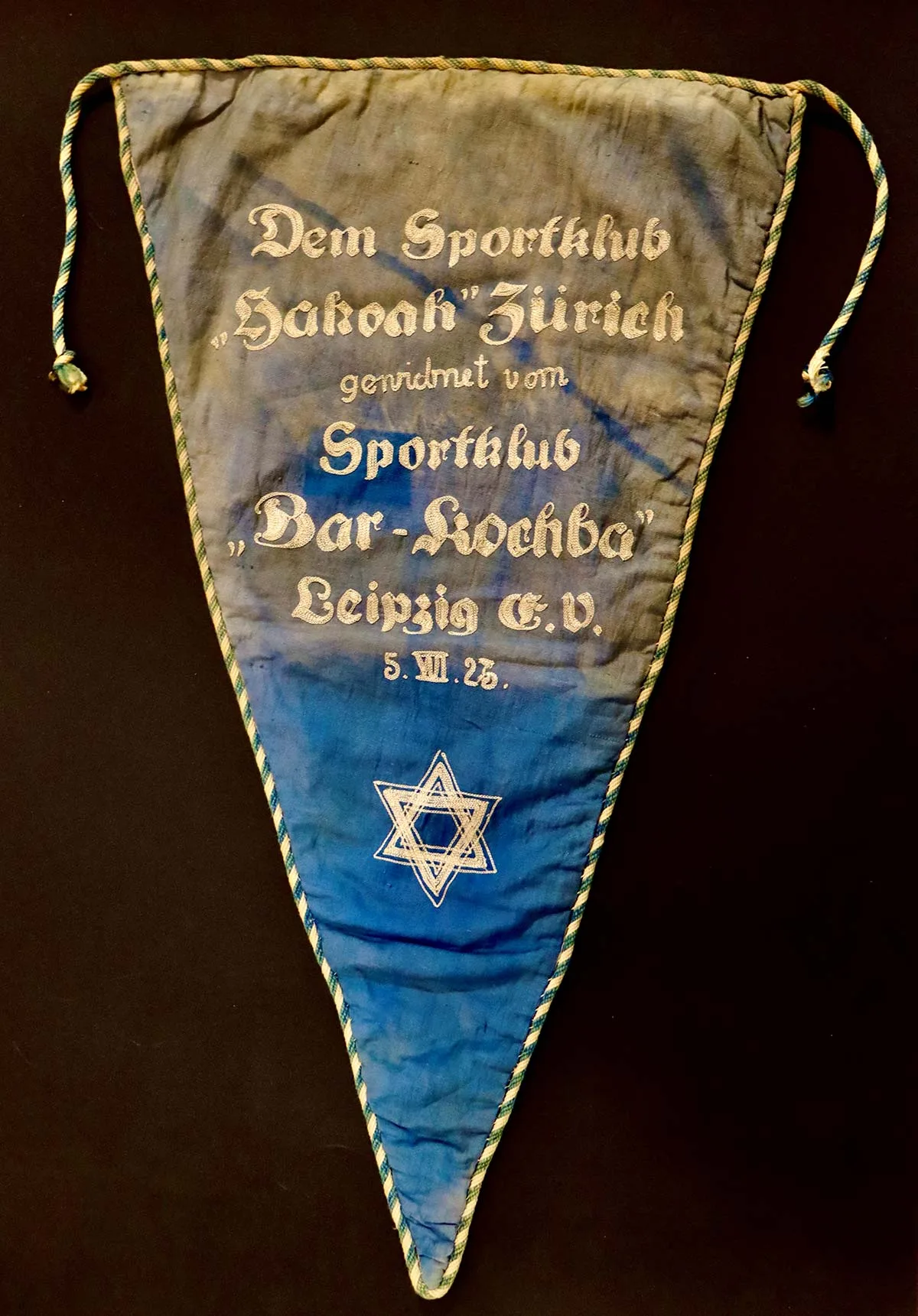
Maradona’s hand goal at the 1986 World Cup was later referred to as the “hand of God”. YouTube
Swiss Sports History

This text was produced in collaboration with Swiss Sports History, the portal for the history of sports in Switzerland. The portal focuses on education in schools and information for the media, researchers and the general public. Find out more at sportshistory.ch


